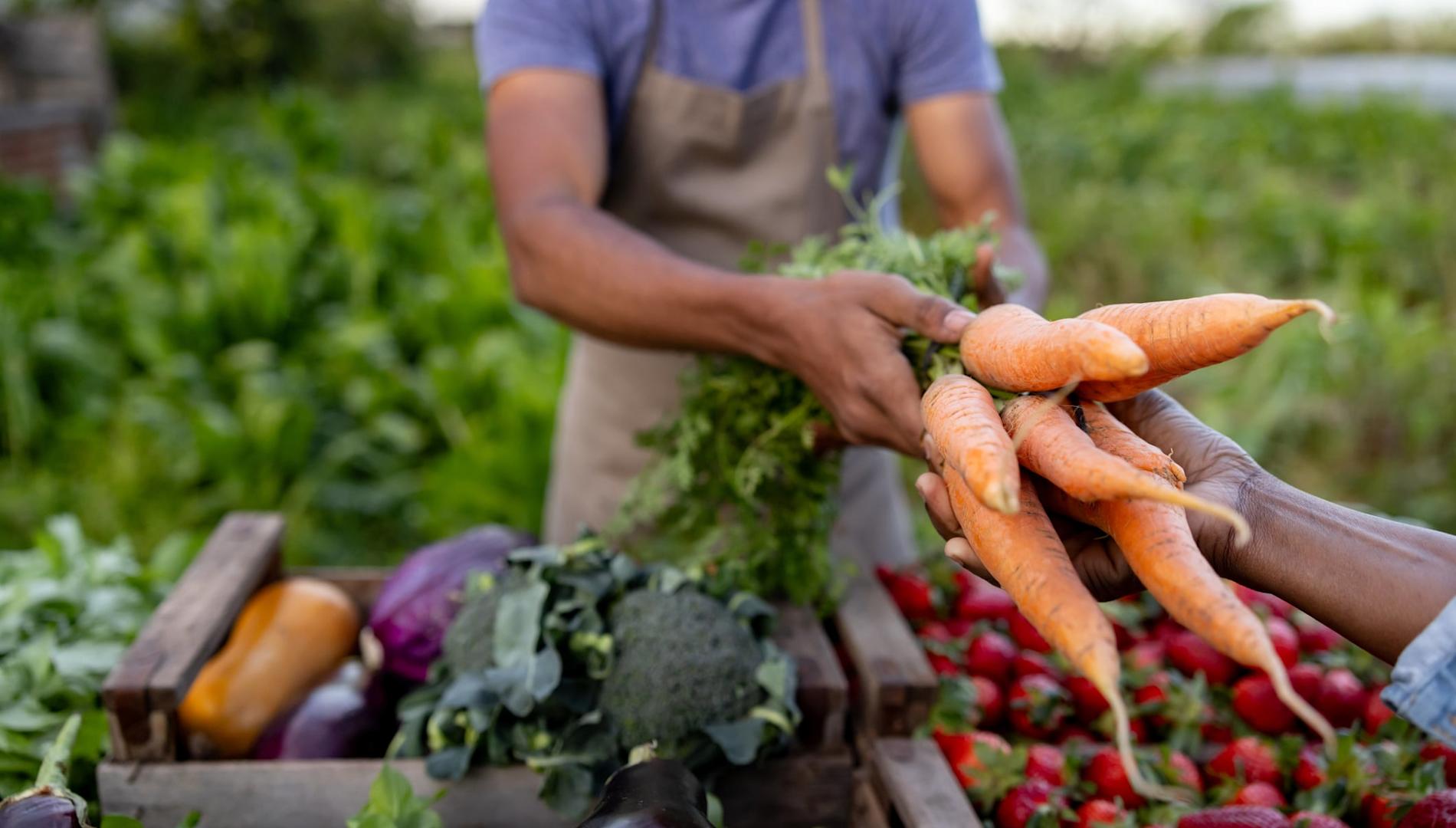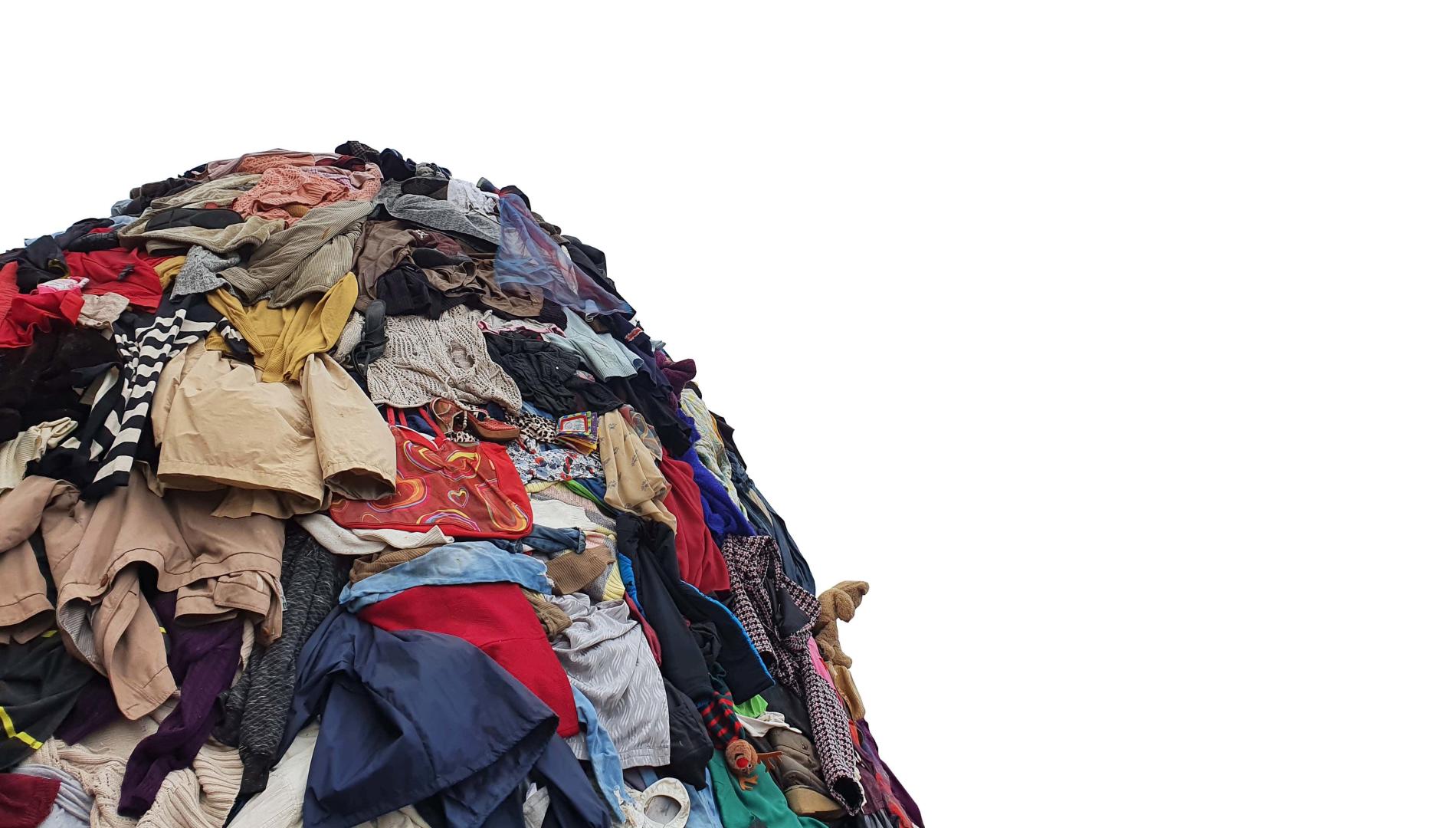From waste to wealth: The business case for circular economy in Australia
Today’s linear “take, make, waste” approach has led to low resource productivity and environmental pressures. The timely release of the Australian government Productivity Commission’s interim report signals a clear direction to cut through regulatory red tape, harmonise standards, and ramp up consumer and business incentives to transform how products are made and used.
The circular economy is a strategic, board-level issue, not an operations – or even waste management – one. The circular economy promises a world where products and materials are reused, refurbished, and recycled – radically reducing waste and resource extraction.
Leading European companies such as IKEA, Philips, and Unilever view circularity as a core business transformation, not just a sustainability initiative. It’s like the digital transformation – nothing you can successfully opt out of for most companies.
Boards are increasingly seeing it as a value creation strategy, especially in industries where resource security, regulation, and shifting consumer demand are making it risky to ignore. At board level, companies should prominently integrate circularity into their core strategy both for cost efficiencies and for new revenue streams. Some European examples include IKEA’s circular agenda, Renault’s Refactory, and Schneider Electric’s B2B CE solutions.
Circular economy is about business value creation
Many companies have run successful pilot projects, but incrementalism won’t shift the system. For example, we talked to a sports brand that produces 5% high-end sneakers with a circular model in Europe, and 95% with a linear model in Asia.
Boards should be asking: How does our business model need to evolve for a circular economy; where can we rethink our supply chain to reduce risk and capture value while not betting the company; and, what is our target picture – are we tracking circular value creation, not just ESG metrics?
Regulatory and investor momentum is shifting. The EU is still quite proactively regulating on CE with considerable exterritorial effects. For example, the EU’s Corporate Sustainability Reporting Directive (CSRD) and Right to Repair laws will impact Australian companies trading with the EU.
Investors are still focusing on green/clean models in Europe – a larger pool of investors correlates with lower financing costs for circular business models.
In Australia, BostonGlobal is introducing a CE Future Fund, starting with scale-ups.
Read more: The sales culture that’s harming Australian sustainability efforts
The time for pilots is over – boardrooms need to scale circular solutions to create value through resilience, efficiency, and diversification.
This is why the newly-released Productivity Commission interim report, Australia’s Circular Economy: Unlocking the Opportunities, is so important, as it highlights Australia’s pivotal chance to embrace the circular economy.
Highlights from the report include:
-
Reducing regulatory friction. Updating fragmented rules so innovative circular technologies – for example, using recycled materials in construction – can scale more quickly.
-
Emphasising new business models. Encouraging supply-chain collaboration, from industrial reuse precincts to digital platforms matching waste sources and potential users.
-
Stronger product stewardship. Expanding or establishing national schemes for tricky or high-value waste streams such as textiles, batteries, and solar panels.
-
Informed consumer choice. Introducing adequate labelling on repairability and durability, helping buyers opt for products designed to last.
These are exactly the aligned efforts that will help circular economy thinking go mainstream. It’s about bringing industry, government, and communities together to reimagine our economic system.

Australia’s circular opportunities
According to the commission’s report, aligning all levels of government, industry, and the research sector is essential for embedding these principles into Australia’s economic future.
There are niches where Australia can be internationally competitive and integrate with global supply chains through careful resource utilisation and smart design from the outset to ensure every product has a second and third life.
Opportunities include biotech, pharmaceuticals and medical innovation, cheap renewables, and circular critical minerals.
Home to world-leading research institutions, Australia can leverage its medical, biotech and pharmaceutical manufacturing expertise to compete, for example, on sustainable healthcare innovation, circular packaging, and efficient drug production.
Australia also has the potential for some of the world’s lowest-cost solar and wind power, making it a prime candidate for the development of renewables-industrial parks and net zero precincts where car batteries are an opportunity for potential recycling at competitive price points.
As we know, Australia is rich in strategic minerals and deep mining expertise that have it well-positioned to develop the mining industry into a circular “resource” industry, becoming the transparent and responsible resource choice for the rapidly-evolving global clean industry.
A high cost of doing nothing
Many businesses are seeing the momentum and increasingly understand that this is business transformation at the macro and micro levels – not making it a priority can be costly.
Now that the report has laid out a roadmap for a circular economy, the focus shifts to implementation, and three key priorities emerge – strengthening industry-academia partnerships, championing policy incentives, and expanding public awareness.
Universities can help industry test and refine novel technologies and business models before they’re rolled out more widely. This ensures a smoother transition, reduces the risk for investors and communities, and both leverages and strengthens industry-academic partnerships.
Read more: Sustainable shopping: We’re asking the wrong question
Further, critical levers, such as tax breaks, rebates or levies that reward resource recovery can also accelerate private-sector adoption. We need consistent, nationally-aligned policies to reduce friction and foster investment.
Finally, how consumers engage with new and potential market offerings is pivotal. People can drive demand for repairable, upgradable products and participate in local reuse initiatives.
Behaviour change plays a crucial role in achieving Australia’s ambitious goal of doubling circularity by 2035. But not all the responsibility can be shifted to the consumer – we need better models on the supply side, and policies that enable system change.
A significant step forward
Australia can position itself as a global leader in circular innovation in certain areas, and the interim report reinforces that shifting from a “take, make, waste” model can significantly boost business competitiveness while protecting our environment.
With Australia’s commitment to sustainable growth under the microscope, the Productivity Commission’s findings signal a significant step in reshaping our economic paradigm.
Monash University is proud to have contributed to this crucial conversation, with our submission playing a key role in shaping the Productivity Commission’s final recommendations.








